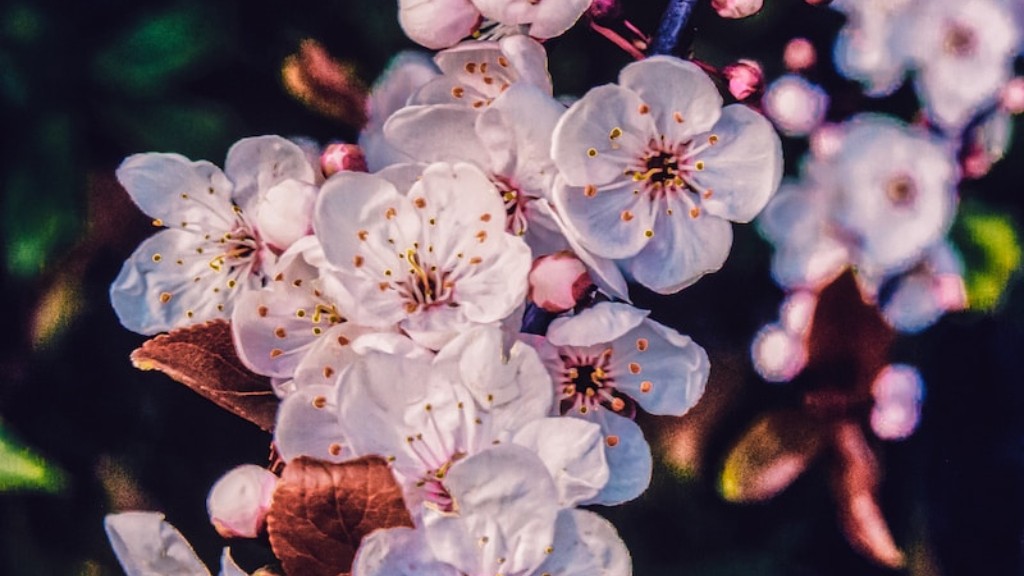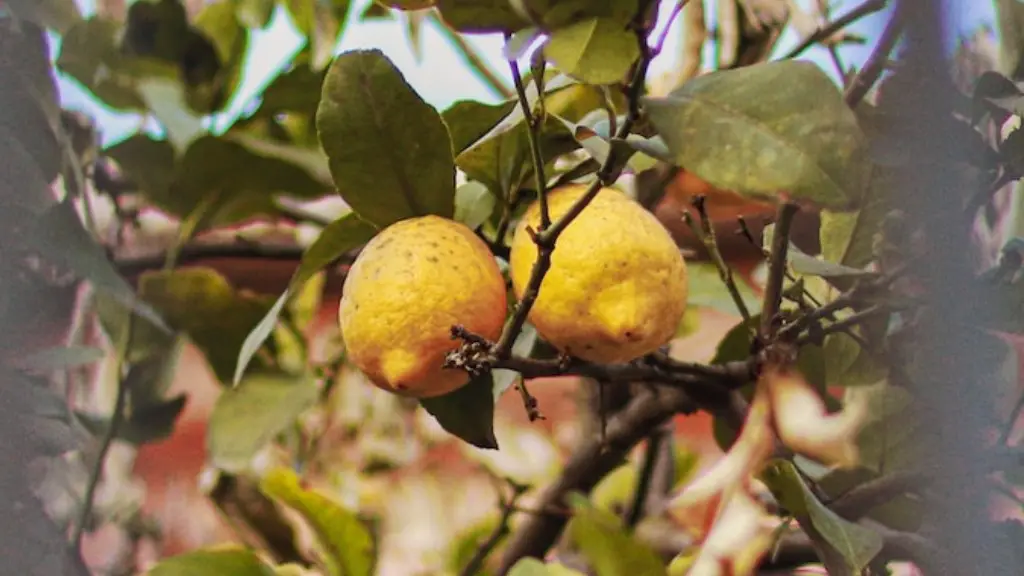Can I Grow a Cherry Tree From Pits?
The cherry (Prunus avium or Prunus cerasus) is a type of stone fruit, with juicy pulp and a single seed usually known as the pit. While cherry pits may seem unremarkable, these little objects can be used to grow a cherry tree, with some patience and the correct methods. This article will cover whether it’s possible to grow a cherry tree from a pit, the process of doing so, and what kind of care must be taken in order for the growth to be successful.
It is theoretically possible to grow a cherry tree from a cherry pit, but the process is not simple nor straightforward. The first step is to find a viable pit, meaning one that has not been heated to a high temperature or otherwise damaged, that is mature and not recently picked or dropped. Once a suitable pit is obtained, the next step is to remove any remaining pulp, and then to scrape the pit with a sharp tool to remove the seed coat. This helps to expose the inner layer of the pit, which can then germinate.
Once the pit is cleaned and prepared, the next step is to plant it in a suitable location. The area should have well-draining soil, full sun, and access to enough water. Cherry pits should be planted at a depth of 8-12 inches and in a warm area of the yard with good drainage – a container can be used for this if desired. Once planted, the cherry pit should be given enough water to keep the soil moist, but not wet.
Once the cherry pit is planted, the next step is to wait for it to germinate. This can take anywhere from two weeks to several months. Once the pit has germinated and the first two leaves have sprouted, the young seedling should be given more water and light. This means that the seedling should be given water when the soil is dry, and should be kept in full sun. As the seedling grows, it may need to be pruned or staked to provide the necessary support.
Once the cherry seedling has grown and begins to look like a tree, it should be fertilized periodically with a balanced fertilizer formulated for trees. In addition, the tree should be pruned every year to ensure it remains healthy and continues to produce fruit. Finally, it should be provided with extra water during hot, dry periods to ensure it stays healthy and develops its full fruit bearing potential.
Special Care For A Cherry Tree
Although the process of growing a cherry tree from a pit may seem straightforward, the truth is that it takes a lot of dedication and patience, as well as a lot of special care. For example, during the early stages, the seedling must be carefully watched for signs of disease, pests, or other problems. In addition, the soil must be kept moist but not waterlogged, the tree should be pruned and pruned regularly, and it should be fertilized with a nutrient-rich fertilizer throughout its life.
The cherry tree is particularly vulnerable to insect pests and diseases, so it is important to check the tree regularly for signs of damage, discoloration, or insect activity. In addition, cherry trees can suffer from nutrient deficiencies, so it is important to periodically test the soil for its pH level and add soil amendments when needed.
Finally, cherry trees can experience springtime frost and late frosts during their blooming period, so it is important to check the forecast for any potential late frosts and take appropriate steps to protect the tree. This may include covering the tree in plastic to protect the flowers from frost damage, using a light to keep the tree warm, or wrapping the trunk in burlap.
Harvesting Your Cherries
Once the trees get established and begin to bear fruit, the cherries should be harvested when they are ripe, usually after midsummer, although some varieties can be harvested early or late depending on the area they are grown in. The cherries should be picked by hand and not shaken off the tree, as the branches can be damaged by bumping or shaking them too hard.
The cherries should be used as soon as possible after being picked, as they do not store well for long periods of time. If you have too many cherries to use within a few days, you may need to freeze, can, or preserve them for later use.
Advantages And Disadvantages Of Growing Cherry Trees From Pits
Growing a cherry tree from a pit can provide many advantages to the gardener looking to add a fruit tree to the garden. For example, it allows the gardener to use local, sustainably produced seeds rather than purchasing a pre-grown tree from a nursery, which can be more expensive. In addition, it’s a great way to properly dispose of cherry pits rather than sending them to the landfill.
However, it is also important to be aware of the disadvantages of growing a cherry tree from a pit. For one thing, the process is time consuming, and the chances of success are not guaranteed. In addition, there is the possibility that the planted pit could become infested with disease or pests, or simply not germinate at all. Finally, the amount of care required to keep the tree healthy can be quite high, and requires regular attention from the gardener.
Where To Buy Cherry Pits
Cherry pits can be purchased from many different places, including nurseries, farmers markets, farm stands, and even online. When purchasing cherry pits, it is important to make sure that the pit is viable and not damaged in any way. It is also important to make sure that the pit is the correct type for the region where it will be planted and that it is from a variety that will produce fruit in the desired area.
When buying cherry pits, it is also important to understand the difference between fresh and dried pits. Fresh pits are more likely to germinate and take root, while dried pits are less so. While dried pits may still be viable, they may take much longer to germinate, and may have a lower success rate.
Conclusion
Growing a cherry tree from a pit can be a rewarding and satisfying project if done correctly. While the process of planting and growing a cherry tree from a pit can be time consuming and requires patience, it is possible with the right methods. In addition, the advantages of growing your own tree from a pit can be worth the effort for those with the time and motivation to do so.



